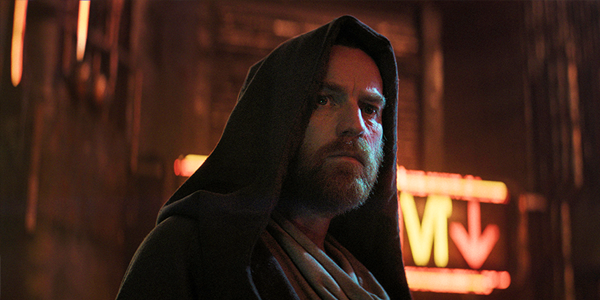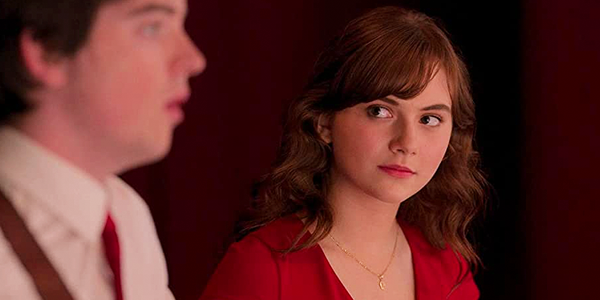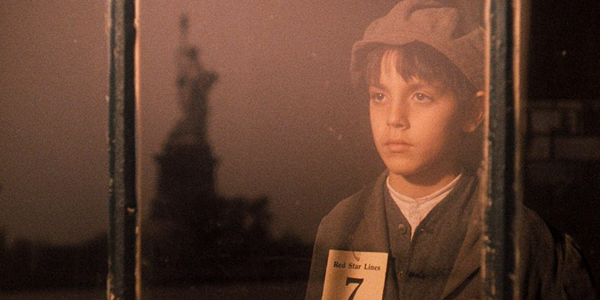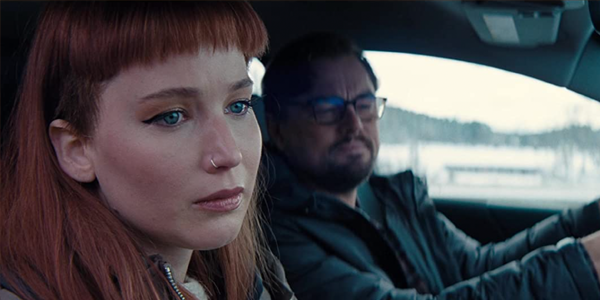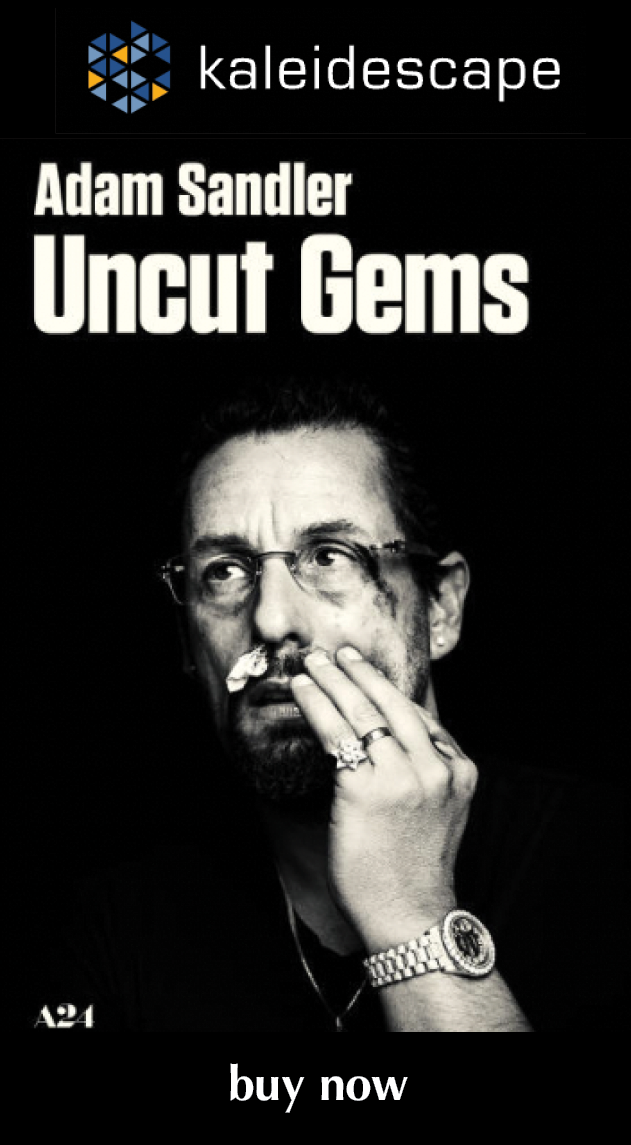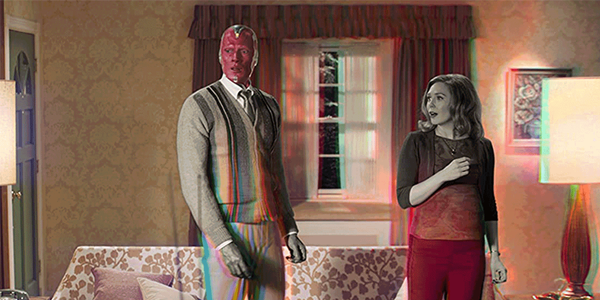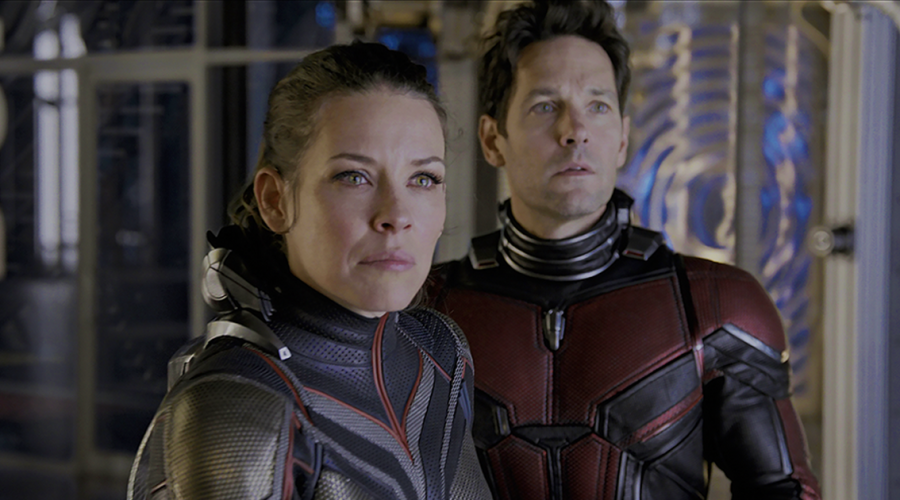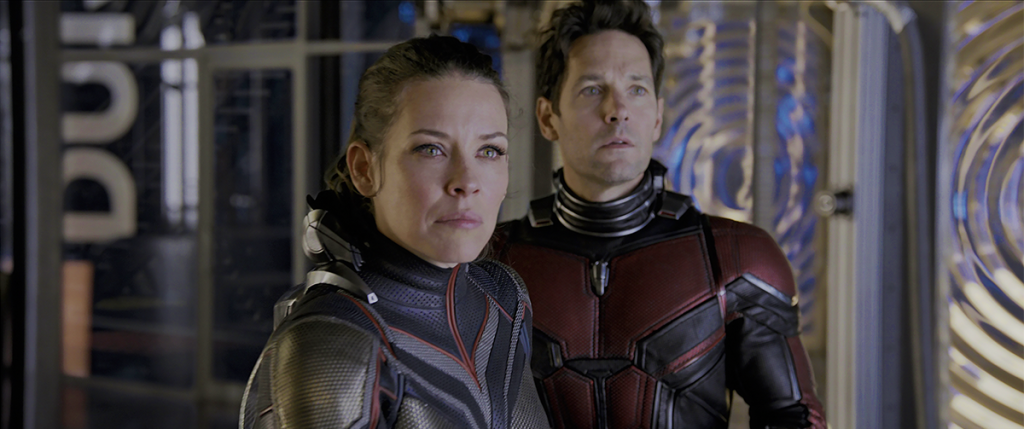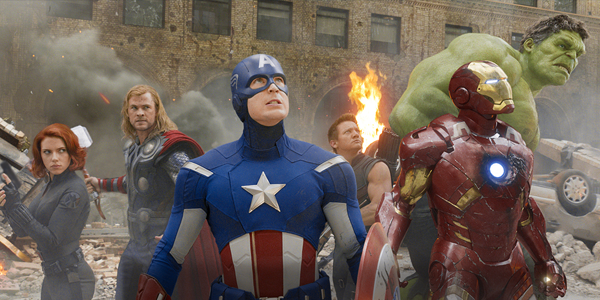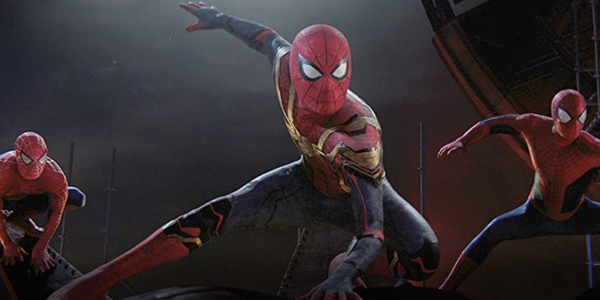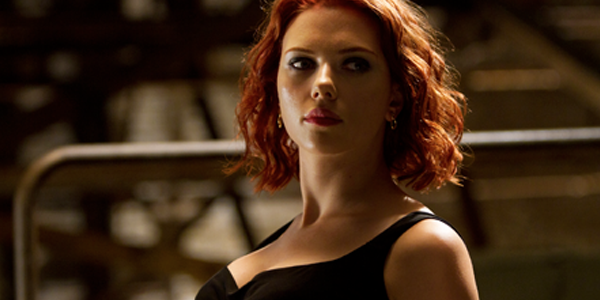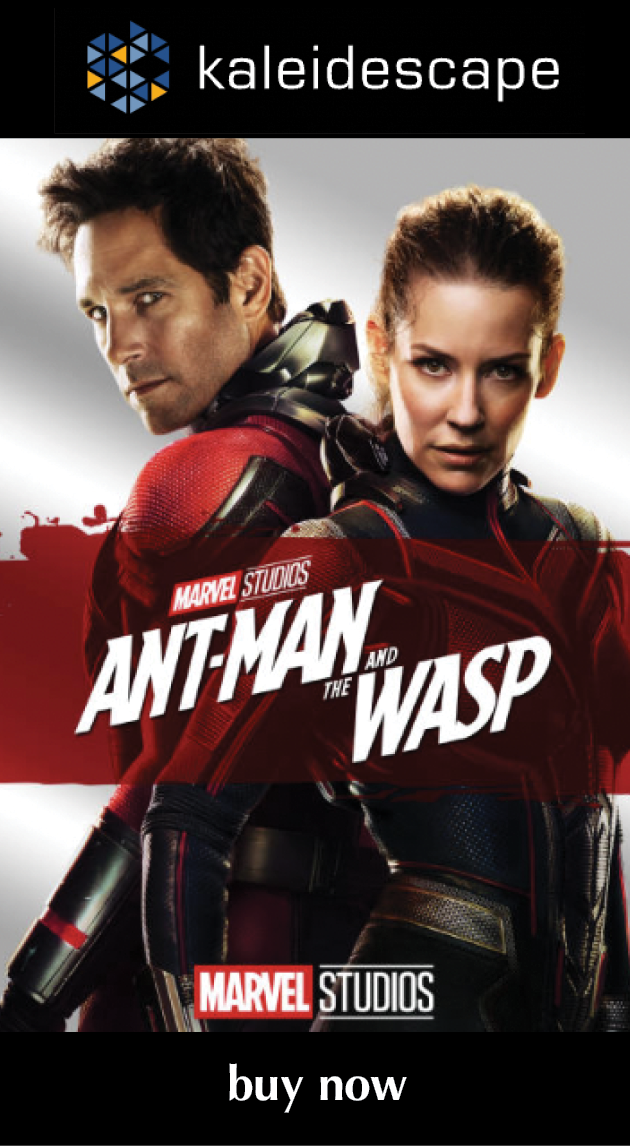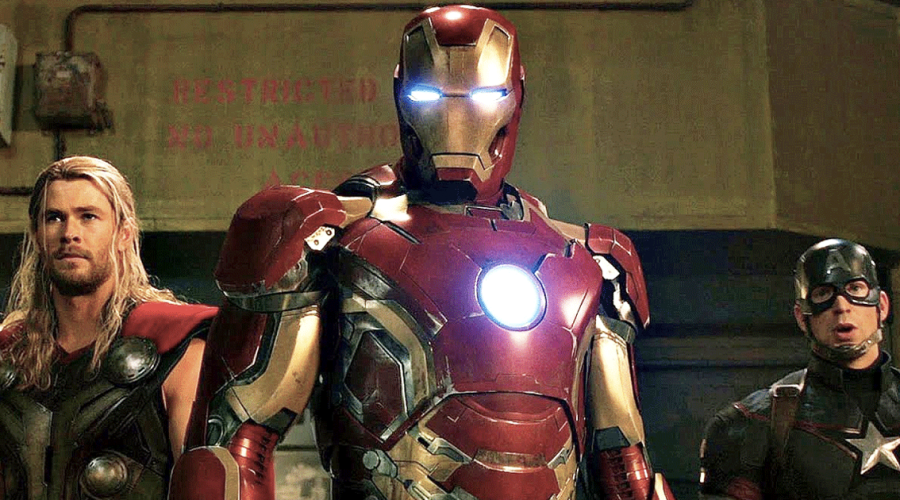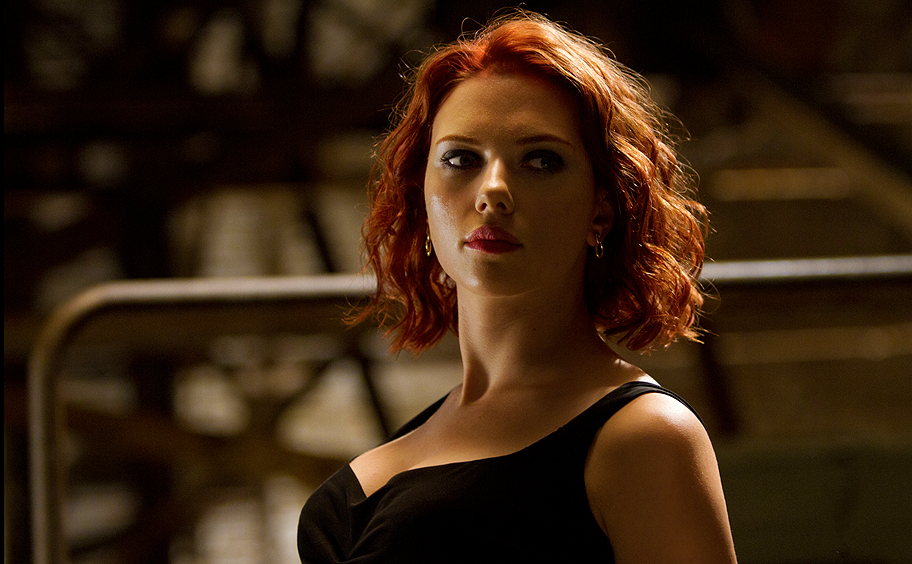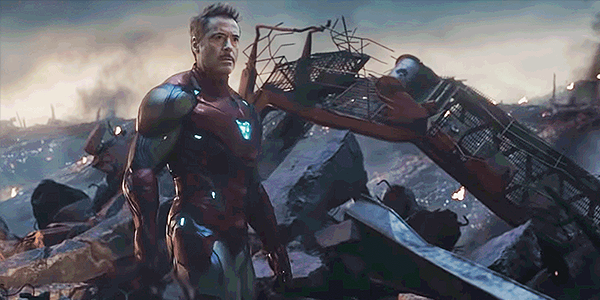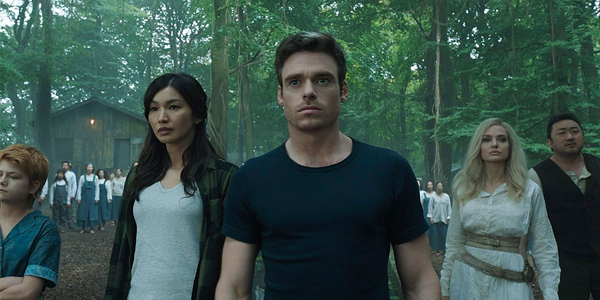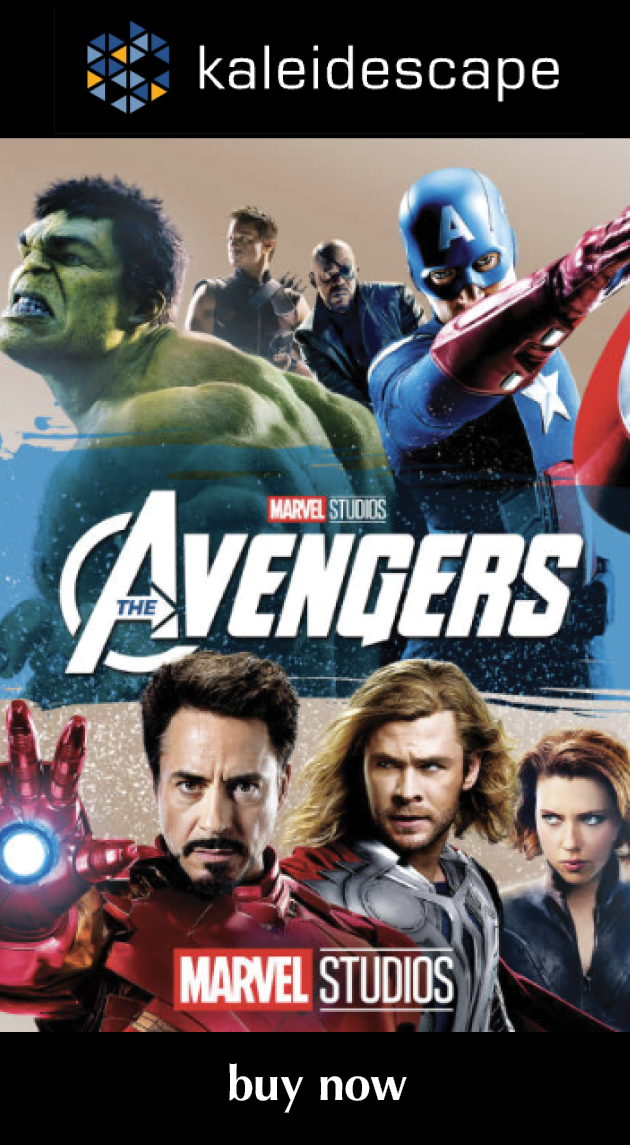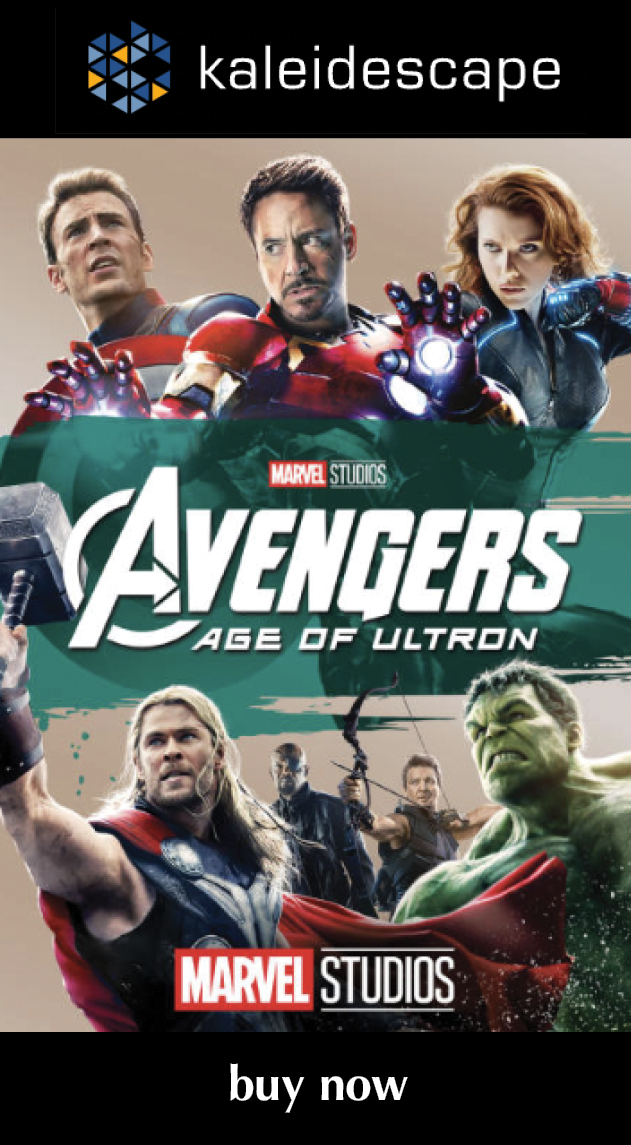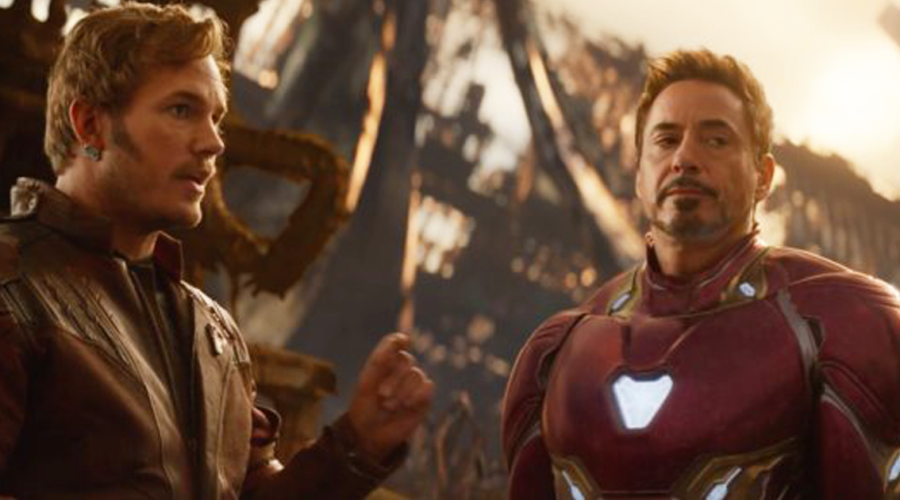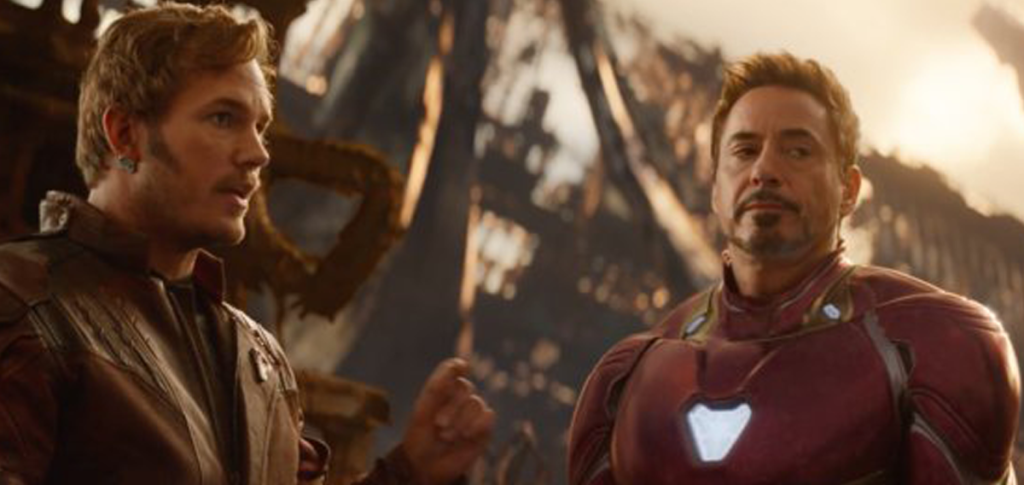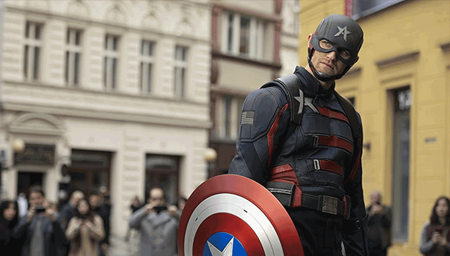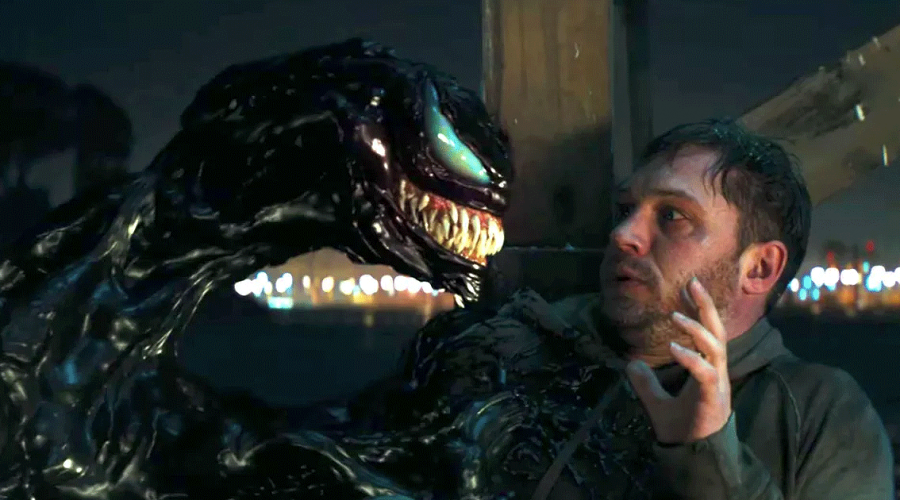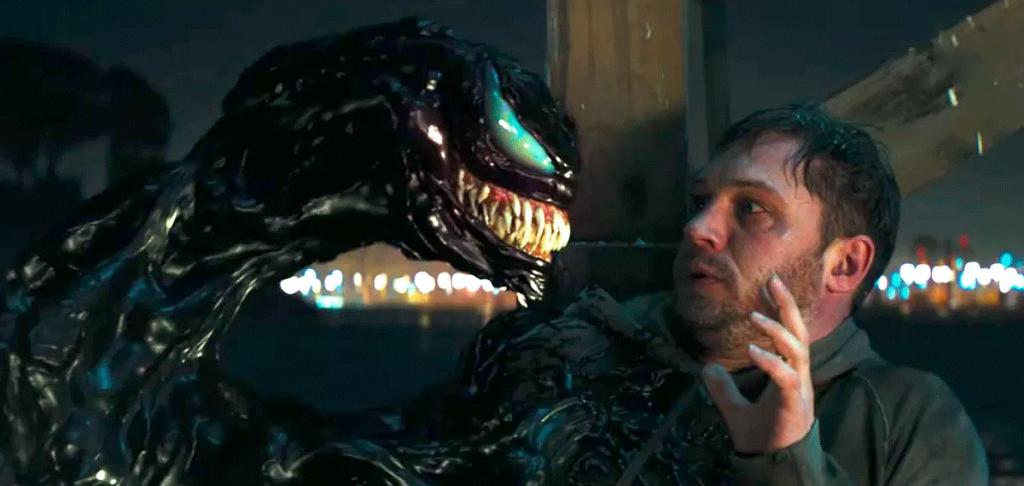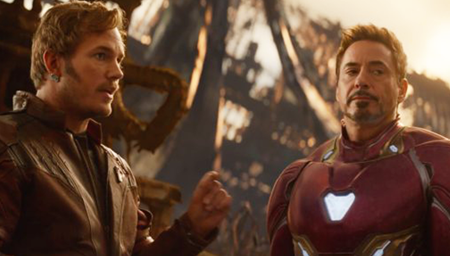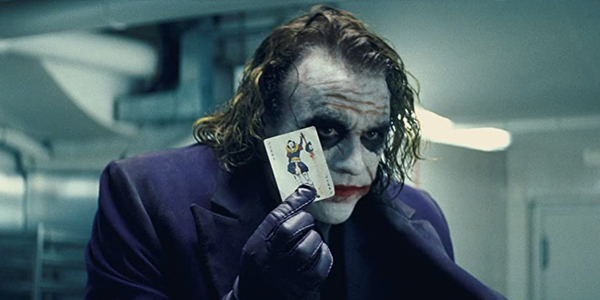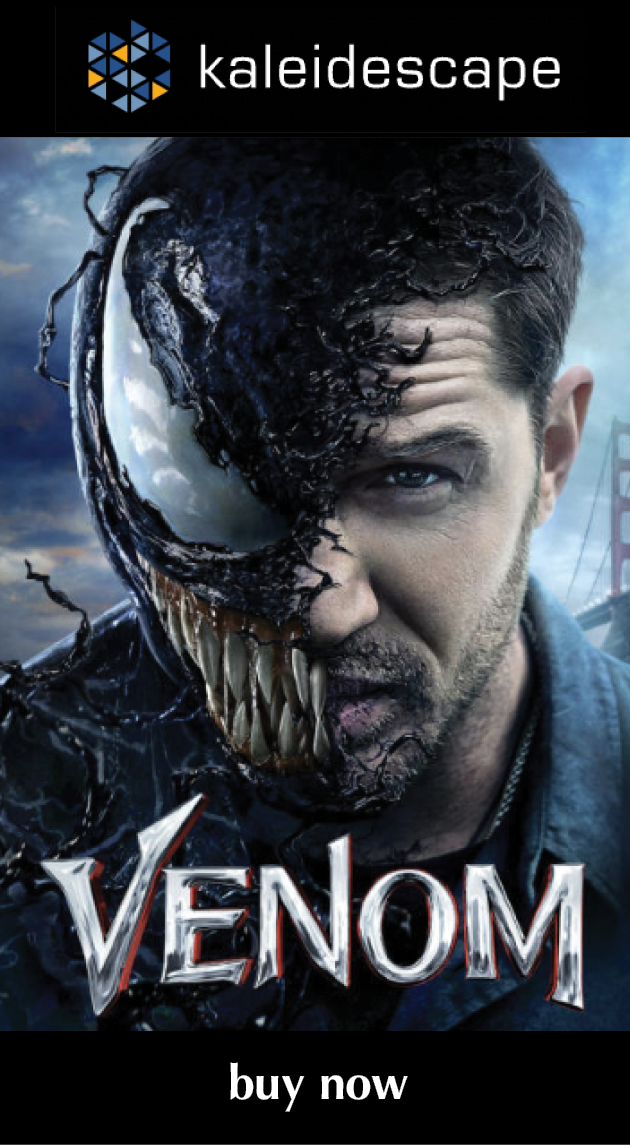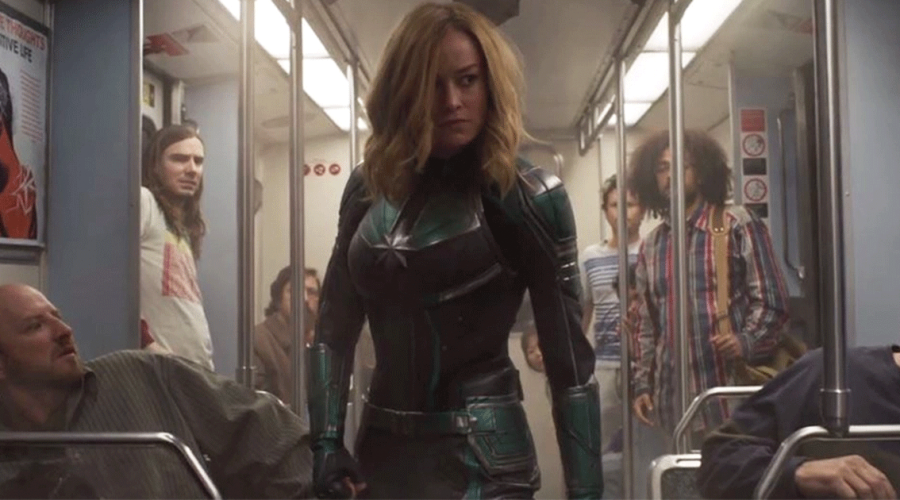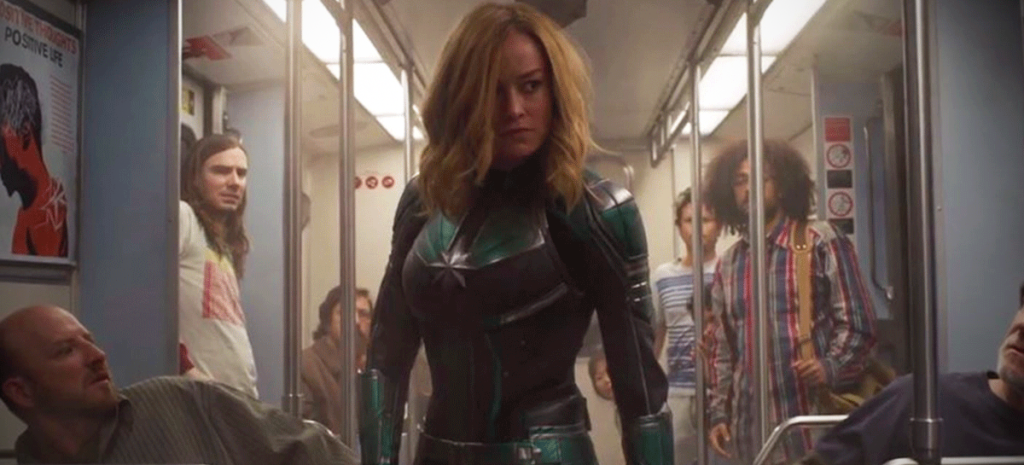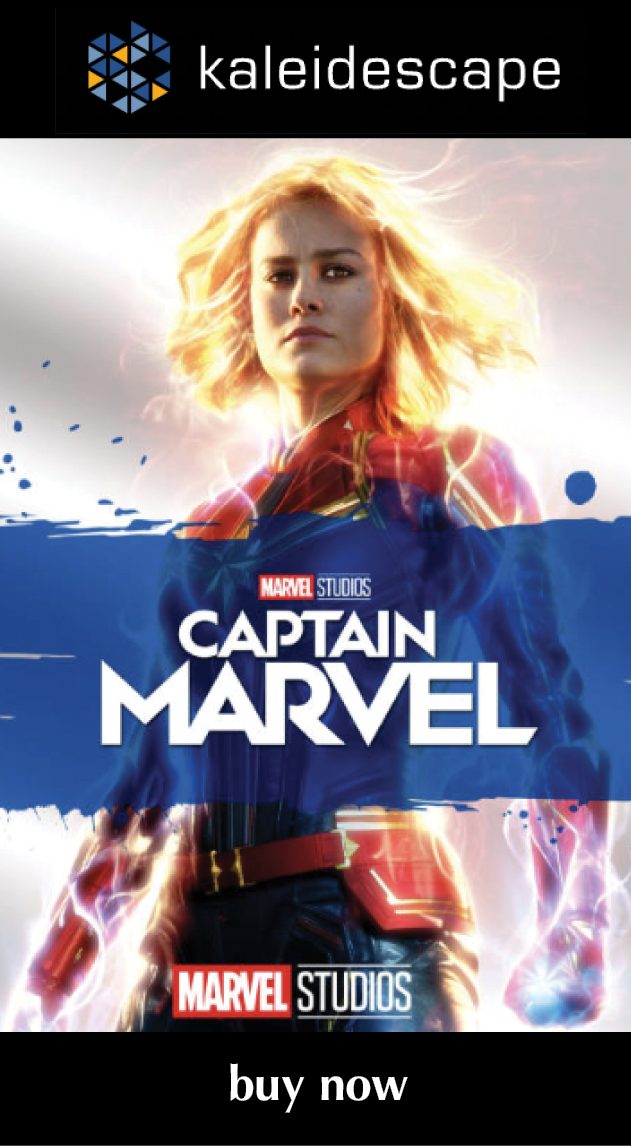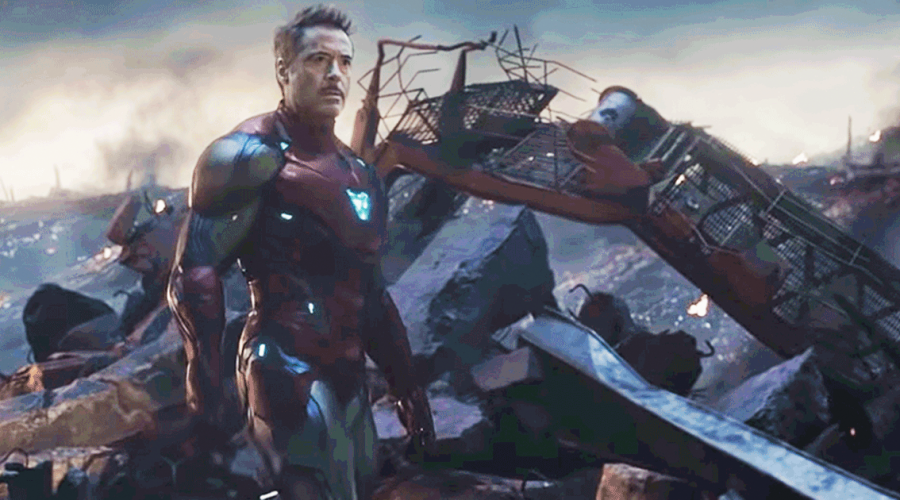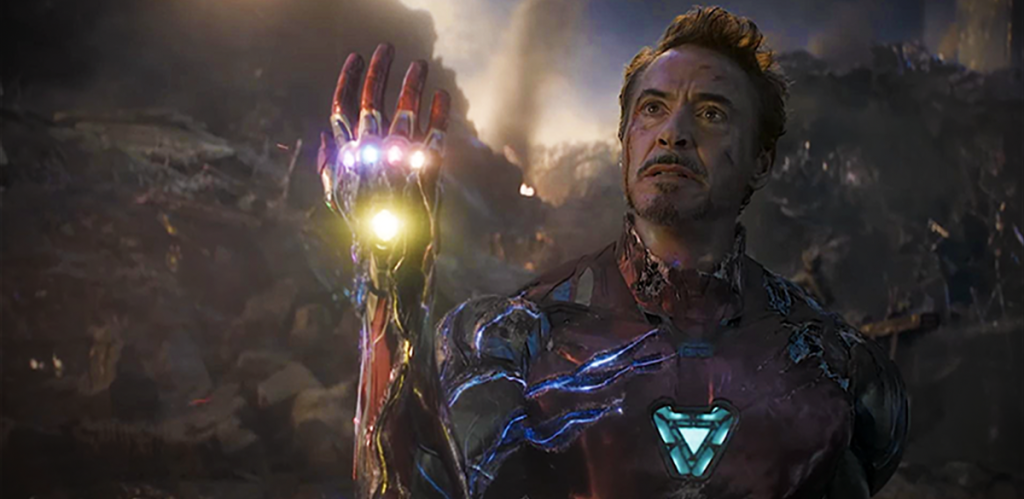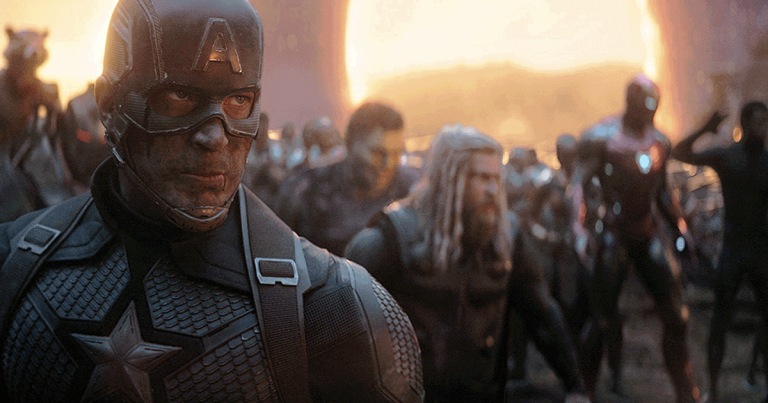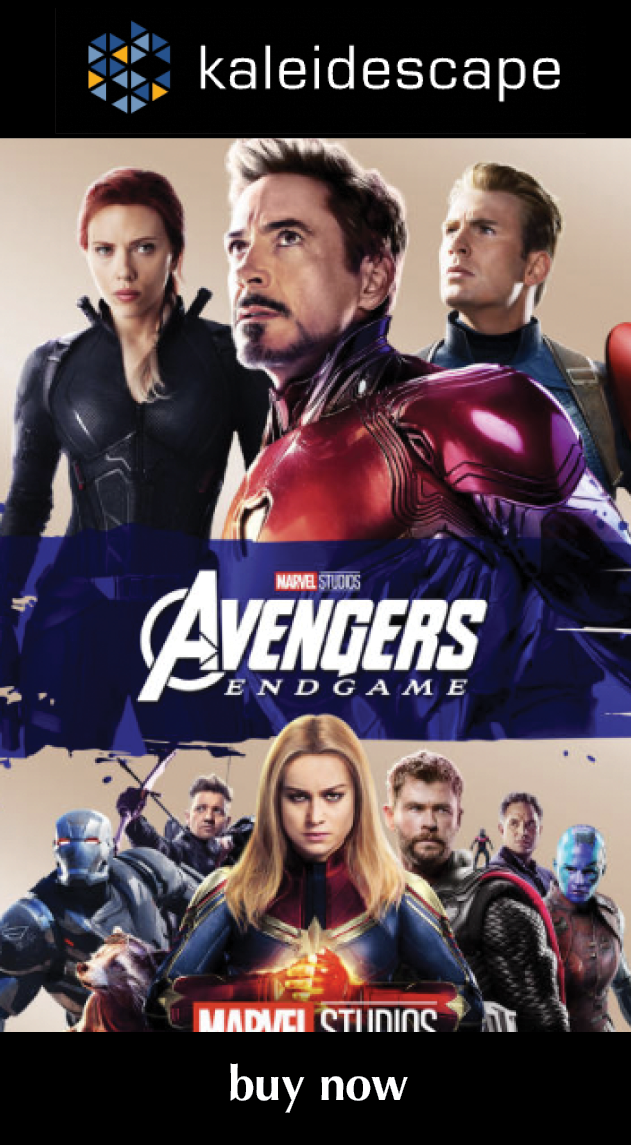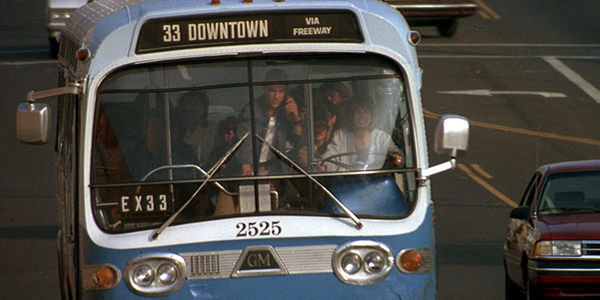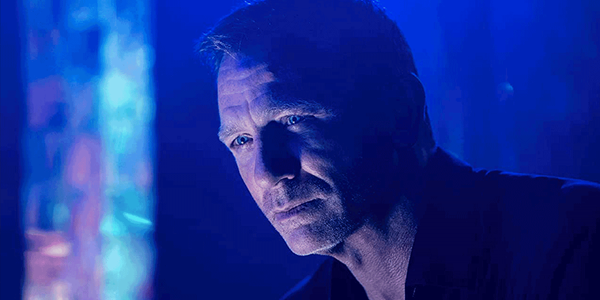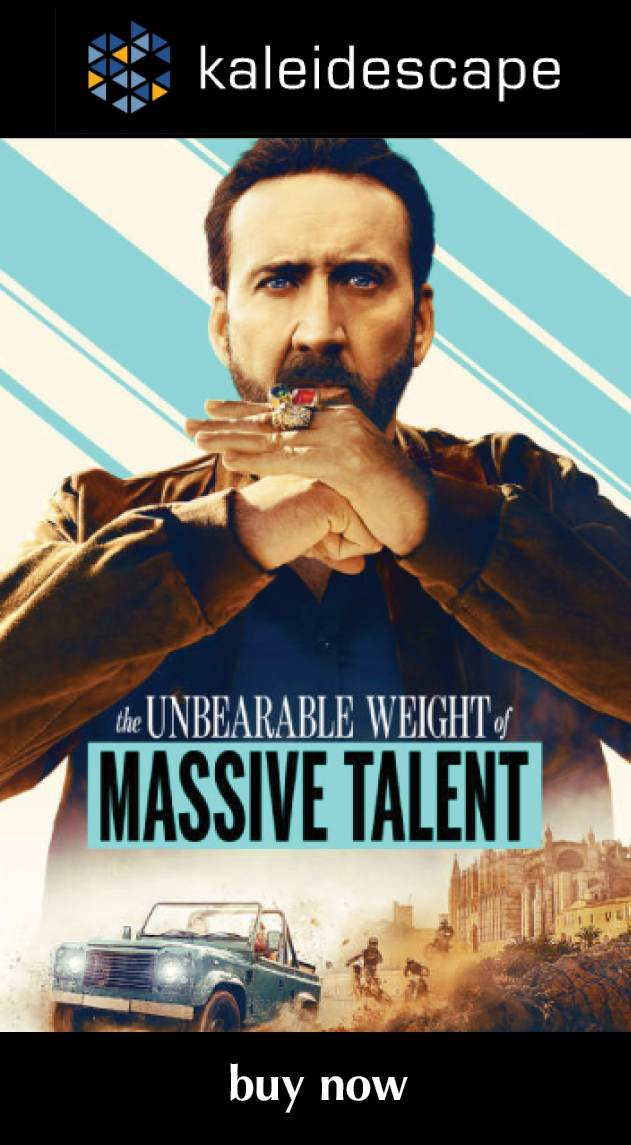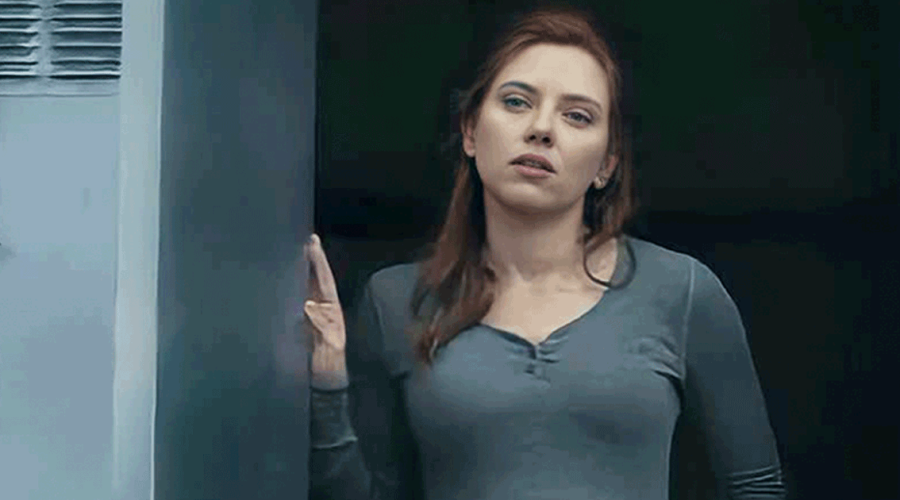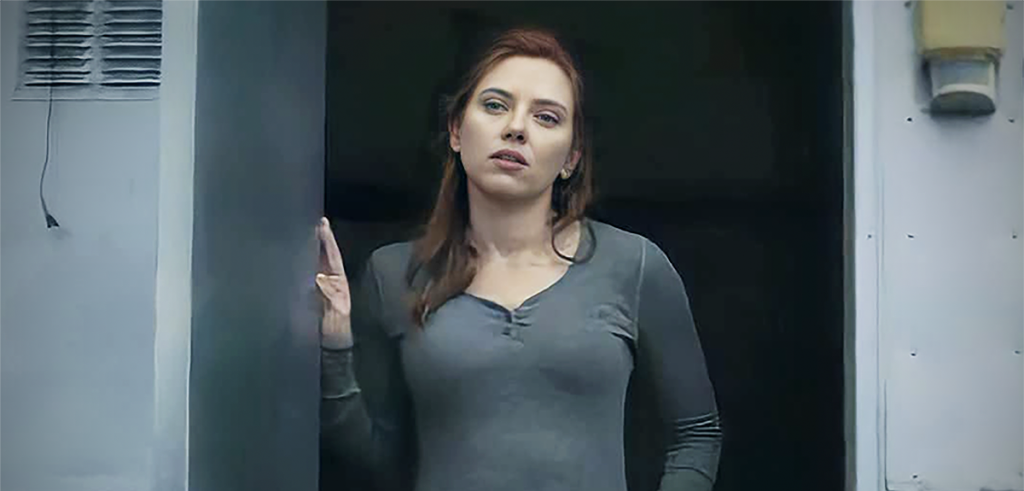Review: Uncut Gems

review | Uncut Gems
Standout performances and obvious talent behind the camera add up to a film that’s ultimately just unpleasant to watch
by Dennis Burger
March 2, 2020
I can’t remember the last time any film left me feeling so conflicted as Benny and Josh Safdie’s Uncut Gems; conflicted because, on the one hand, it’s as distinctive an artistic expression as I’ve seen on film in who knows how long—meticulously scripted, inventively shot, masterfully edited, with performances that are award-worthy down to the level of the most minor secondary roles. On the other hand, I can’t remember any film in recent memory that filled me with such anxiety as this one did, from the opening scene straight through to the closing credits.
The film stars Adam Sandler, who turns in a pitch-perfect performance as Howard Ratner, a jewelry store proprietor and compulsive gambler who’s always one side-hustle away from either striking it rich or getting fitted for cement shoes. His fortunes seem to change when he comes into possession of a rare black opal that quickly becomes the obsession of basketball player Kevin Garnett (played equally effectively by basketball player Kevin Garnett). Rather than selling the stone to Garnett for a ridiculous sum of money, Ratner decides to scam him by way of an auction, and, well . . . so it goes for the rest of the film.
In some ways, I suppose you could call Uncut Gems a morality play, but the morality espoused seems to be pure nihilism. There isn’t a sympathetic character in the film—no one to root for, no opportunity for a satisfying resolution that isn’t morally bankrupt. And I’m not saying that makes it a bad film; I’m merely saying it was one I couldn’t enjoy–which is a shame because the Safdies draw inspiration from some of my guilty pleasures, especially the late-’80s/early-’90s output of Michael Mann, whose style they manage to evoke without aping, both visually and aurally.
Shot on the same Kodak Vision3 500T 35mm film stock that gave Marriage Story its distinctively cinematic look, Uncut Gems is the perfect marriage of photochemical chaos and cutting-edge digital precision. It’s all unapologetically crushed blacks and cranked primary hues, and in one scene in particular—at a glitzy nightclub performance by The Weeknd—the 4K HDR presentation (sourced from a 4K digital intermediate) uses its enhanced dynamic range to effectively recreate the blacklight illumination and the DayGlo neon colors that result.
Even the soundtrack is a captivating mix of retro and bleeding edge, thanks in part to a score by Daniel Lopatin that breaks all the rules of both composition and mixing. The music at times evokes the Michael Mann aesthetic, with ’80s-tastic droning synths and a pulse-pounding tempo that pushes the visuals forward; at other times, it veers into Blade Runner territory, and at other times still ventures into what can only be described as artistic porn-music territory.
The one consistent aspect of the soundtrack—and indeed the sound mix as a whole—is that supervising sound editor Warren Shaw acts as if he’s the first person to ever work in surround sound, much less Dolby Atmos. The mix exhibits a level of aggression I would normally find irritating and distracting, but here it simply works. Dialogue is forced into the left or right channels at times when it would traditionally be locked into the center. Score music often uses the surrounds as the primary channels instead of the fronts. If it weren’t all so skillfully mixed, it would come across as pure chaos, but I find myself loving it in spite of myself.
In the end, though, I have to put Uncut Gems into that growing pile of films I appreciate but just can’t enjoy. For all the visual and auditory allusions to Mann, the film ends up playing as more of a horror movie in which the lumbering antagonist isn’t a machete-wielding psychopath but rather karma itself. It could have just as easily been titled A Terrible, Horrible, No Good, Very Bad Person Has a Terrible, Horrible, No Good, Very Bad Week.
And I’m not quite sure if the Safdies have created a window or a mirror. Am I supposed to feel any sympathy or empathy for Sandler’s awful character? If so, Uncut Gems fails in that respect, because I can’t. Am I supposed to root for his comeuppance? I hope not, because that feels just as gross.
And yet, for all the anxiety, conflicted feelings, and desire to bleach my eyeballs after the credits rolled, I have to admit I was absolutely captivated by the sheer talent on the screen and behind the scenes. And I don’t really like the way that realization makes me feel about myself.
Dennis Burger is an avid Star Wars scholar, Tolkien fanatic, and Corvette enthusiast who somehow also manages to find time for technological passions including high-end audio, home automation, and video gaming. He lives in the armpit of Alabama with his wife Bethany and their four-legged child Bruno, a 75-pound American Staffordshire Terrier who thinks he’s a Pomeranian.
© 2025 Cineluxe LLC



